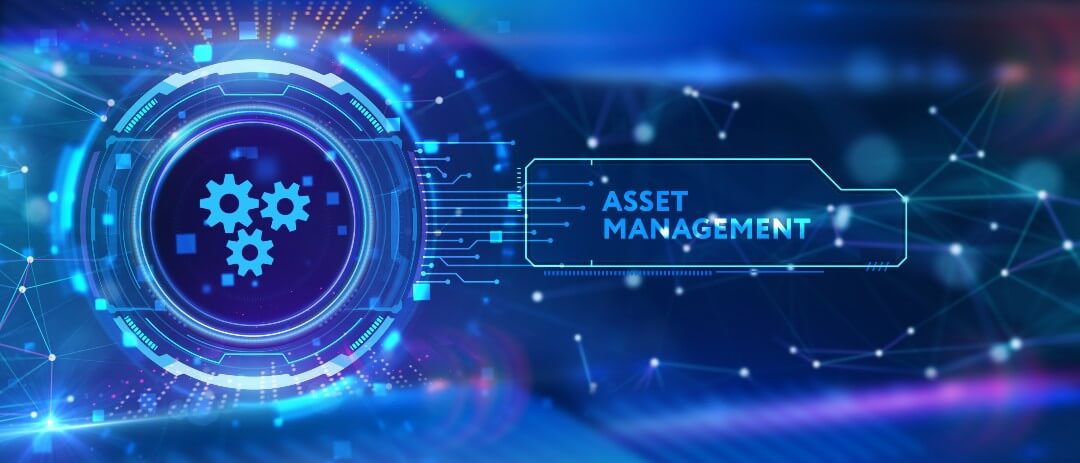One of the biggest challenges facing enterprise IT today is network visibility. Lack of visibility or information into the connected devices makes the network susceptible to threats.
Network visibility offers insights into the state of connected IT assets and network traffic behavior. Enterprise IT uses these insights to improve efficiency, security, and performance. Such improvements accelerate decision-making, boost customer satisfaction, and deliver a competitive edge.
Asset discovery and inventory management tools generate a list of IT assets and resources connected to the network. These tools make it explicit who uses the listed assets and how. While the task may seem straightforward, the reality is complex. Here are the major IT challenges and how real-time asset discovery and inventory management can help enterprises.
1. The Proliferation of Network Endpoints
Many enterprises are subverted by their networks as they grow! Most large enterprises acquire several dispersed assets over the years. Adding cloud and mobile devices has made enterprise networks a vast labyrinth that changes quickly. The Internet of Things (IoT) has exponentially increased the endpoints. Keeping track of such spread-out endpoints is impossible using manual or conventional tools.
The growth of remote work has added to the proliferation of the IT network. For instance, audiovisual tools used for online collaboration are highly fragmented, with no benchmark standards. Many remote users connect to the network using their personal devices that may contain malware.
Traditional network visibility tools mostly scan the software and hardware provisioned by the IT team. These tools skip shadow assets or other unknown assets connected remotely to the network. Leaving such connected assets unmonitored and unmanaged poses enormous security risks.
2. Problems Caused by Organic Growth
Most enterprises grow organically, with incremental expansions over time. Often, CIOs have little or no central control or visibility over enterprise IT assets. Various departments set up shadow IT to circumvent the enterprise bureaucracy. Such installations add up to a complex, opaque web that impedes visibility.
The complex nature of the network provides a happy hunting ground for cyber-criminals. Ransomware, theft of sensitive information, and DDoS attacks are all big security issues in 2022. Combating cybercriminals requires continuous and rigorous improvement of cybersecurity capabilities. Central to such efforts is constant monitoring to detect suspicious activities and prompt automated remediation.
CIOs and IT teams need a single source of truth to make informed decisions related to the network. Insights from multiple piece-meal tools distort the complete picture. Such insights may be incomplete or outdated anyway.

3. Opaque and Complex Nature of Networks
Shadow IT, and unwieldy spread-out networks create opacity. Enterprise assets remain hidden despite network scans. Many assets lie inside other assets, with no visibility or access.
Also, many enterprise networks acquire complex dependencies as they grow. Many of such dependencies remain hidden under a labyrinth of relationships and linkages. Failure of dependencies leads to performance loss. A vulnerable node anywhere in the dependency network leaves the door open for hackers to compromise the entire network.
Such a lack of visibility creates a huge blind spot. Oblivious to latent dependencies, many CIOs cause disruptions across the asset environment when they make even simple changes ignoring the dependencies. With the dependencies remaining hidden, remediation becomes time-consuming.
Automated asset discovery and inventory management tools detect unknown and unmanaged endpoints and trace all dependencies. The latest state-of-the-art tools perform deep scans to make all hidden endpoints visible, the context for every discovered asset, and the underlying relationships among interconnected assets.
4. Lingering Inefficiencies and Resource Challenges
Technology keeps on advancing relentlessly. But enterprises struggle to catch up. Hardware is often hard to come by, even if enterprises have the budget to replace their legacy infrastructure. The ongoing shortages and disruptions in the ecosystem adversely affect many enterprises. The global microchip shortage, for instance, is affecting most industries. The ongoing supply chain crisis has led to hardware and equipment shortages in many places. Likewise, not all enterprises have the capabilities to upgrade their software frequently, to stay on top of the latest threats and vulnerabilities. Changing over to new software is even more challenging. Many enterprises continue with their inefficient legacy software rather than go through a disruptive change process to switch to new, better software.
Compounding these challenges are resource constraints. IT is a major cost centre for enterprises, tempting CFOs to make budget cuts in today’s challenging business environment.
The root cause of non-optimal spending on IT assets is a lack of visibility to the network. CIOs rarely have the insights needed to optimize limited budgets. They usually spend more on assets already available but underutilized. For instance, many CIOs do not realize they already have the requisitioned hardware or software licenses. They repurchase such licenses while postponing spending on needed areas. Real-time software usage data and identification of redundant data make it easy to reclaim or redistribute software licenses and optimize the IT spend.
5. The Challenge Posed by Dynamic Networks
Until recently, networks were static and limited. Adding a new asset to the network was a big event and well documented. But today’s modern, dynamic networks change by the minute. For instance, a work-from-home user may connect to the network through a new smartphone.
Traditional tools scan the network periodically. Such an approach works well with static networks. Conducting network scans too often to identify new devices in a constantly evolving set-up risks overloading networks and causing outages. The long gaps without network scans mean several new devices connect to endpoints but remain outside the CIOs’ control. The situation makes a perfect launchpad for hackers.
The best asset discovery tools generate real-time information on connected assets. Tanium, for instance, scans the network automatically and generates a list of all software and hardware present in the network within minutes. Tanium’s endpoint tools offer comprehensive, real-time visibility with deep insights not available with other tools. For instance, when the scan detects a PC, the tool digs deep and identifies the network cards, firmware, and configuration associated with the PC. Tanium creates and maintains an accurate configuration management system and database, with real-time dependency maps for applications, servers, and services. The tool unifies operational, security, and risk insights, enabling different teams to work on a single source of truth. The same tasks done using traditional piece-meal tools are time-consuming, error-prone, and resource-intensive.
If you want to know more about Tanium’s asset discovery and inventory management solution, contact IT Knowledge Zone. We will connect you with one of the experts at Tanium. Make your asset discovery and inventory fast and simple, and enhance the integrity of your network.












